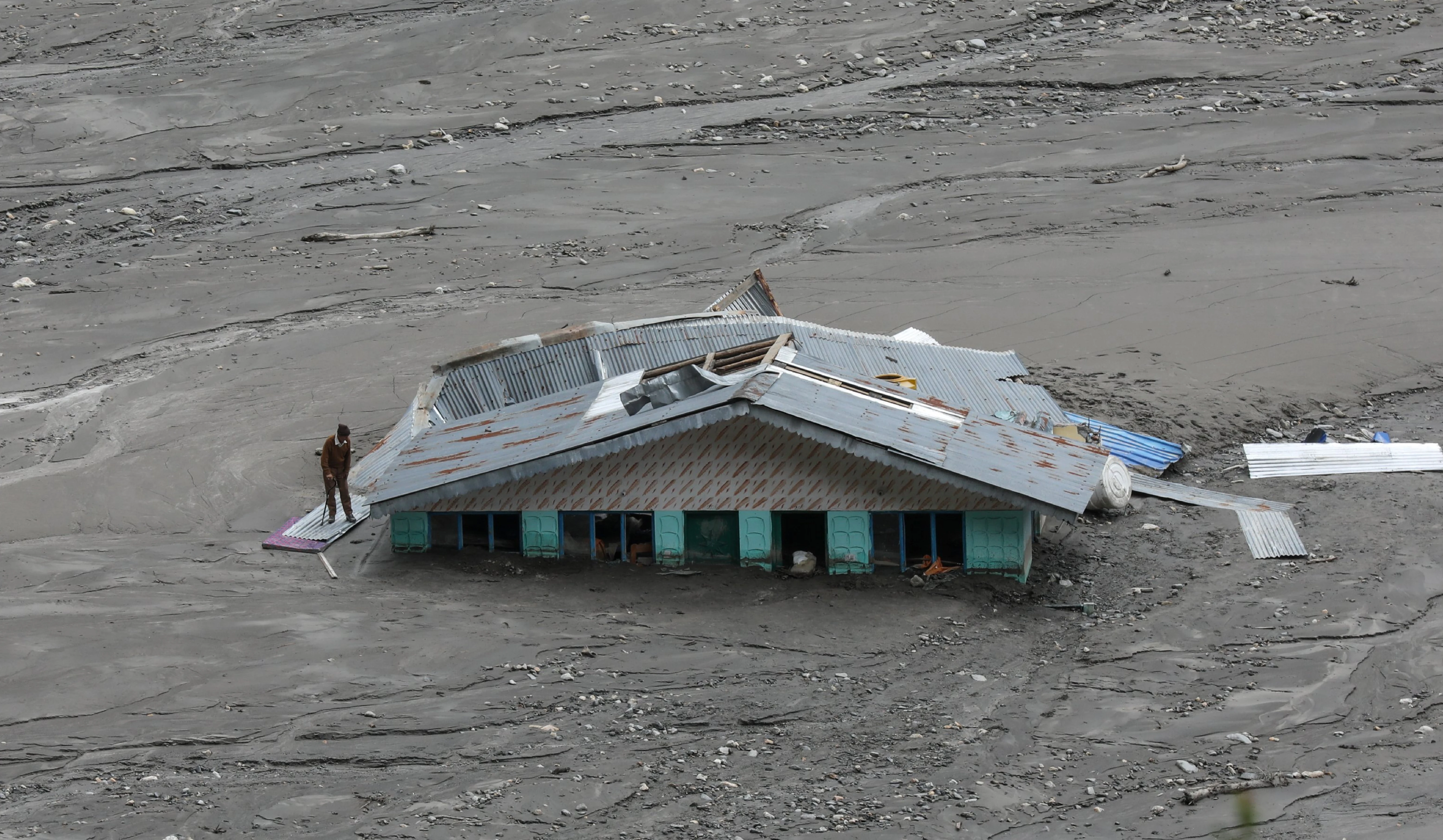Why in the News?
Chief Minister of the State of Himachal Pradesh urged the 16th Finance Commission to reframe the Disaster Risk Index (DRI) to more accurately reflect the unique vulnerabilities of hill states.
Reasons for higher vulnerability of hill States in the Indian Himalayan Region to disasters
|
About Disaster Risk Index
- Measurement Tool: DRI is a composite measure that quantifies the level of risk a region faces from multiple hazards and used as a metric in disaster risk financing. It is designed to:
- assess the likelihood and potential severity of disasters,
- capture vulnerability and exposure levels,
- support evidence-based decision-making, and
- guide resource allocation for disaster mitigation and preparedness.
- Genesis: 15th Finance Commission (2021–26) formally adopted the DRI to guide disaster funding. It integrated each state's DRI score into a formula for distributing the National Disaster Response Fund (NDRF) and state contingency funds.
- Components: DRI uses the probability of hazards (score of 70) and vulnerability (score of 30) to arrive at a composite score.
- The hazards mainly focus on the probability of events such as landslides, flood, earthquakes, drought, and other natural calamities.
- The Below Poverty Line (BPL) population is used as a basic measure to assess vulnerability.
Disaster Risk Financing (DRF) in India
- New Methodology: 15th Finance Commission adopted a new methodology for state-wise allocations, which replaces the earlier expenditure driven methodology.
- The new methodology is a combination of capacity (as reflected through past expenditure), risk exposure (area and population) and proneness to hazard and vulnerability (disaster risk index).
- Disaster Mitigation Funds: 15th Finance Commission recommended the creation of National Disaster Mitigation Fund (NDMF) and State Disaster Mitigation Fund (SDMF).
- Consequently, Central Government has constituted the NDMF and so far, all the States, except Telangana, have intimated setting up of SDMF.
- Central Government contributes 75% for all States (90% for North-Eastern and Himalayan States) as Centre share in SDMF.
Concerns and Limitations with DRF
- Uniform Matrix: A one-size-fits-all approach fails to capture the unique vulnerabilities of hill states, coastal areas and other vulnerable regions.
- For instance, the matrix does not include hazards like landslide, snow avalanches, cloudbursts, forest fires and Glacial Lakes Outburst Flood (GLOFs), whose frequency has increased in recent past.
- Insufficient Resource Allocation: Because of low DRI, some states like Himachal Pradesh, do not get adequate resources from 15th Finance Commission to meet its requirement of disaster relief, despite facing disproportionately higher brunt of disasters.
- Geographical Inequalities: Geographically larger states receive more funds even if they face less risk or vulnerability, leading to unfair distribution.
- Weightage to Past Expenditure: Current mechanism also heavily relies on the average expenditure on relief measures from the past seven years, which accounts for 70% of the allocation criteria.
- This leads to states with higher past expenditures receiving more funds, regardless of their current risk and vulnerability to natural disasters.
Way Forward
- Adaptive DRI: Scientifically validated DRI formula incorporating hazard, vulnerability, exposure, and resilience indicators.
- Also, expanding its hazard list to include landslides, cloudbursts, avalanches, and pest attacks
- Geographic Distinctness: In DRF, instead of considering only the geographical area, geographical sub-divisions more prone to natural disasters, such as hilly areas, wetlands, and coastal lines, need to be incorporated.
- Incorporate Socio-Economic Indicators: The poverty-based vulnerability assessment should be replaced with a Composite Vulnerability Score.
- Composite Index of NDMA, which considers unsafe buildings, social infrastructure, industries, rural-urban population, deforestation etc., will provide more accurate picture of vulnerability.
- Data Integration: Strengthen local data collection via remote sensing, IoT sensors, and panchayat-level mapping and establish District Disaster Data Repositories for better assessing DRF needs.
- Periodic Review: Institutionalise five-yearly DRF methodology review aligned with latest available quality data related to climate and hazards.
Conclusion
The Disaster Risk Finance is a cornerstone of India's disaster governance architecture, offering a scientific lens for resource allocation and resilience planning. However, in the era of climate change, regional asymmetries, and complex hazard interactions, the DRF must recognise hill vulnerabilities, local adaptive capacities, and climate realities. A reframed, equitable DRF framework will not only ensure justice in fiscal devolution but also strengthen India's pathway toward a climate-resilient and disaster-prepared future.





